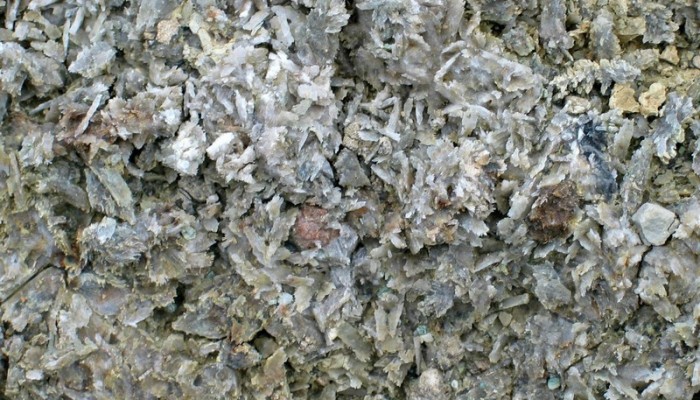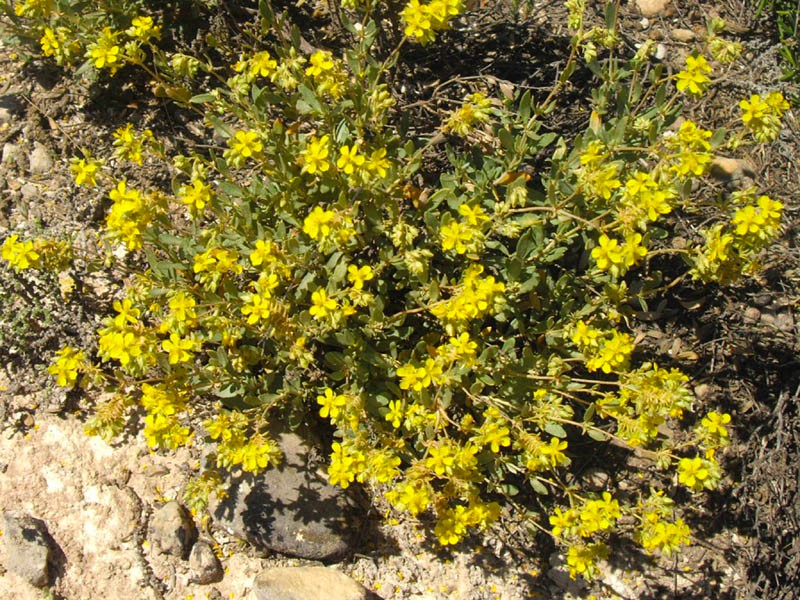
When water is scarce, you’ve gotta save it, or come up with an ingenious way to get more. Some Spanish shrubs do just that, quenching their thirst with water from rocks. Sara Mynott explains where they source it…
Often, in areas where water is sparse, plants use a suite of techniques to harness what limited resources are available in their environment, from hairs that trap moisture in the air to deep roots that tap into water sources deep underground. Some, though, use a rather unusual strategy.
While presenting at the EGU General Assembly last week, Sara Palacio showed that some Spanish shrubs can get water from straight from minerals in the soil. Gypsum is a mineral containing 20% water and in parts of northern Spain the soil’s gypsum content can be as high as 85%, providing ample water for the plants – if they can get to it.
Quite how they do this remains a bit of a mystery. Many plants use fungi to help them meet their nutrient needs, so the plants could have a partner to help them snatch up the extra water. Alternatively, they could alter the soil’s pH or even utilise molecules that aid water uptake. This is something that only additional research can answer, says Palacio.
These shrubs, also known as rock rose, have exceedingly shallow roots – some 20 centimetres long – meaning that they can only stretch into the parched topsoil during periods of drought. What’s more, they don’t appear to have any clear means of gathering water from their surroundings, at least at first sight. Intrigued, Palacio set out to find what made these shrubs so special.

Rock rose (aka Helianthamum squamatum). Credit: Wikimedia Commons User Ghislain118.
By comparing the stable isotope signatures of water in the soil, the minerals, and the plant’s plumbing system, Palacio and her colleagues were able to work out how these shrubs sated their thirst. The isotope signatures of the water contained in the minerals and of the plant’s water were a match!
During a wet spring, the shrubs use both free water in the soil and water they’ve obtained from gypsum crystals, but in summer the minerals can meet up to 90% of the plant’s water needs, helping them make it through a summer drought.
By Sara Mynott, PhD Student, University of Exeter
References
Palacio, S., Azorín, J., Montserrat-Martí, G. and Ferrio, J. P.: Drinkable rocks: plants can use crystallization water from gypsum. Geophysical Research Abstracts Vol. 17, EGU2015-9011-1, 2015
Palacio, S., Azorín, J., Montserrat-Martí, G. and Ferrio, J. P.: The crystallization water of gypsum rocks is a relevant water source for plants. Nature Communications, 5, 2014

Pingback: GeoLog | Earth Science Week 2020: Earth Materials in Our Lives - an A-Z! - GeoLog